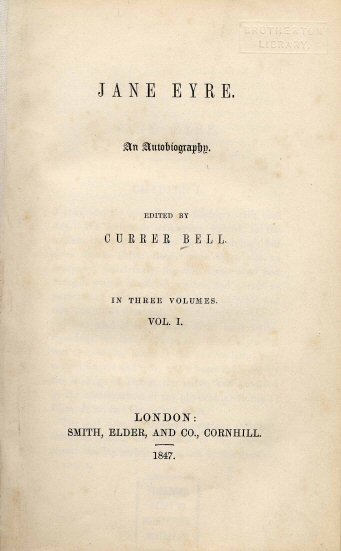Why do I read, speed read and spd rd?
Many successful people are avid readers and speed readers.
Over the years, many books and authors have inspired me and changed the course of my life (thousands and thousands of books – I’ve lost count). I read for knowledge and wisdom as well as for pleasure (I am a bookaholic). The key difference between knowledge and wisdom is that wisdom has better longevity and is possibly timeless as opposed to knowledge, which has an expiration date or, if you like, is updated all the time. ‘A stitch in time saves nine’ (prevention is better than cure) was relevant 100 years ago and probably will be relevant 100 years from now. On the other hand, human understanding that the Earth was flat didn’t last long. Also, as an expert in some fields, I read for difference and new information since difference gives me new learning, as opposed to reading for sameness, which only increases my understanding and confirms what I already know. Some books have transformed my life to a new level, and others have only clarified my life and made it better. We need both understanding (repetition, sameness) and learning (difference, new). For example, Zen transformed my life because, as a child and teenager, I had no idea about such a domain, and it expanded and increased my consciousness and my freedom, as well as boosted my creativity. Books by Gilles Deleuze have transformed my life by making me a better thinker. (When I just mention authors, I’ve read all their books and books about their books as well – I did mention I’m a bookaholic, right?)
My timeless books list
I’m speed-reading some of these timeless (for me) books from time to time – not all the way through, just thin-slicing some of them again.
Fairy Tales by the Grimm Brothers and any other fairy tales (when I was a child)
Sherlock Holmes (When I was a child 8-11, Sherlock was my mentor and teacher, training me in deductive thinking. Mastermind by Maria Konnikova is a book about that kind of thinking if you want to think like Sherlock Holmes, which I highly recommend.)
Poe, Musil, Kafka (from the age of 12 to 15, I was reading lots of literature by Franz Kafka, Robert Musil, Edgar Allan Poe, H.P. Lovecraft and similar)
“If you don’t like to read, you haven’t found the right book.”
J.K. Rowling
Cybernetyka i charakter (Cybernetics and Character) by Prof Marian Mazur (This book I read several times when I was 14 and didn’t understand it, because I hadn’t developed my mathematical intelligence enough, but when I picked this book again when I was 15, I got it immediately. It’s about systems thinking and neurofeedback and presents a cybernetic theory of human character. The key argument is that our ‘character’ (not to be confused with the psychological term ‘personality’ relating to symptoms of human behaviour, not its source) cannot be changed by compulsion or persuasion or even self-persuasion. Therefore, in order to establish conformity between one’s character and one’s situation, the only possibility (according to cybernetics) is to change the situation or environment, not the character, which is now confirmed by genetics.
Teoria i metadyka ćwiczeń relaksowo-koncentracyjnych / Theory and Methodology of Relaxation-concentration Exercises compilation by Wiesław Romanowski (this was my first book on personal development I read when I was in my teens, and it’s about the importance of relaxation as a way of dealing with stress and about meditation, autogenic training and Zen)
Huna by Max Freedom Long (At 14, I was reading everything that was mind-expanding, extraordinary, and about unlimited human potential. Huna was very trendy in Poland at that time.)
Introduction to Zen Buddhism by DT Suzuki (when I was 17, this book enlightened me to spirituality beyond the Catholic religion)
Continue reading →
 Introduction to Manifestation
Introduction to Manifestation



 Richard Wiseman’s upcoming book
Richard Wiseman’s upcoming book 


















 Lesson 1: Small Habits Make a Big Difference
Lesson 1: Small Habits Make a Big Difference










